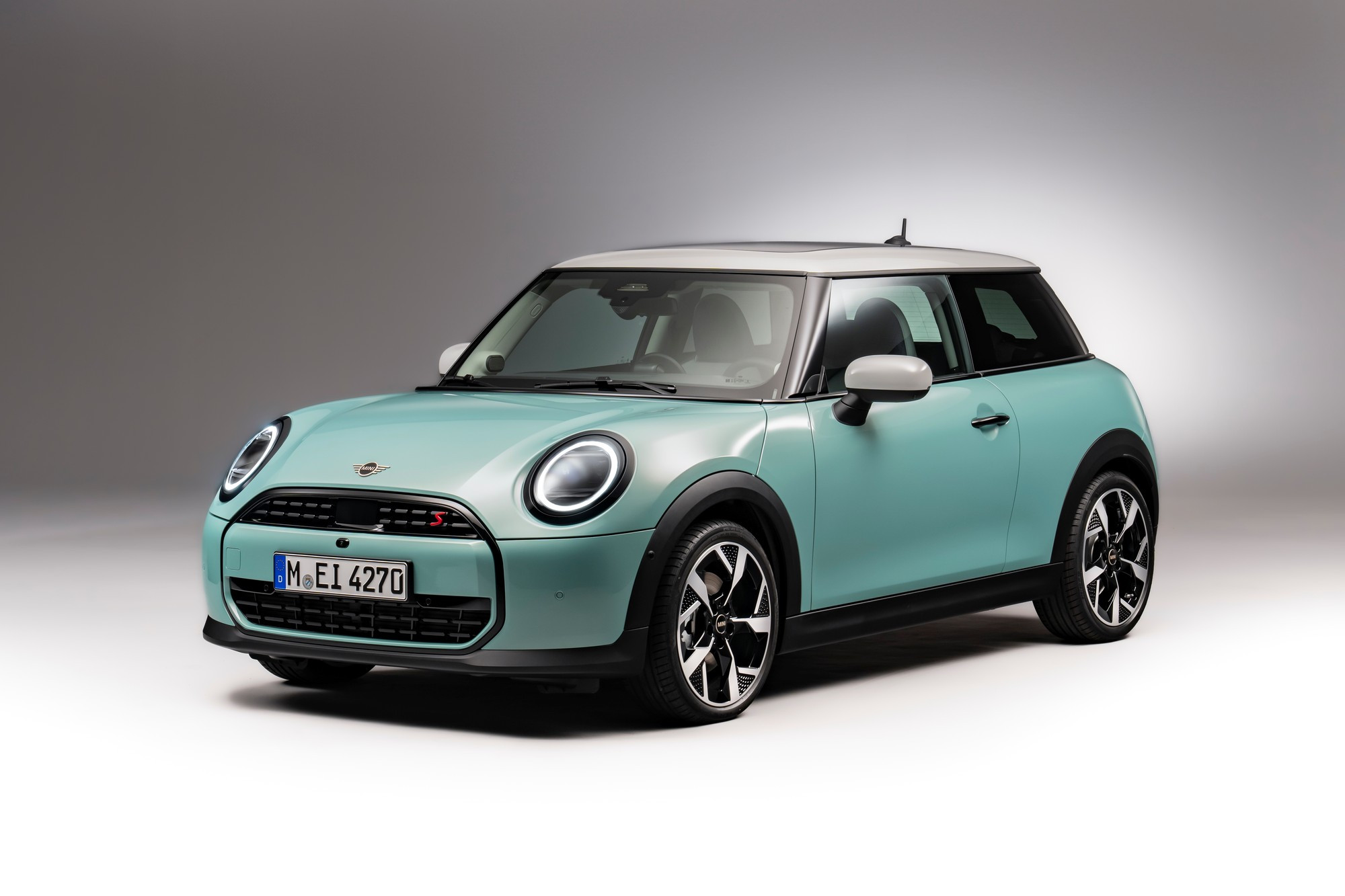
The new generation petrol Mini Cooper retained the UKL1 platform of its predecessor, but received a look in the spirit of the truly new electric namesake that celebrated its world premiere last year in the fall.
The common name Mini Cooper now hides two models of different origins. A completely new platform has been developed for the electric Cooper, which will also be received by the subcompact crossover Mini Aceman. This platform is not designed to install an internal combustion engine, so the UKL1 platform of the parent company BMW is retained for Mini gasoline hatchbacks — the Mini brand plans to completely switch to electric vehicles only by 2030.
 1/3
1/3 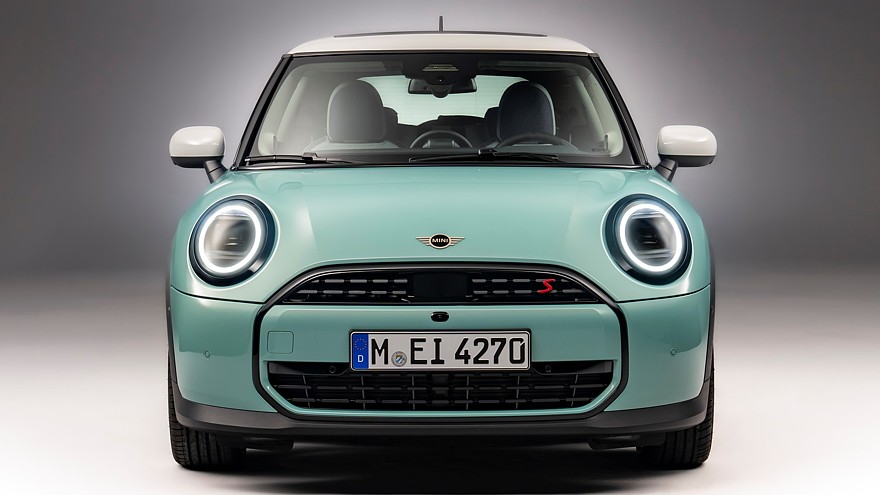 2/3
2/3 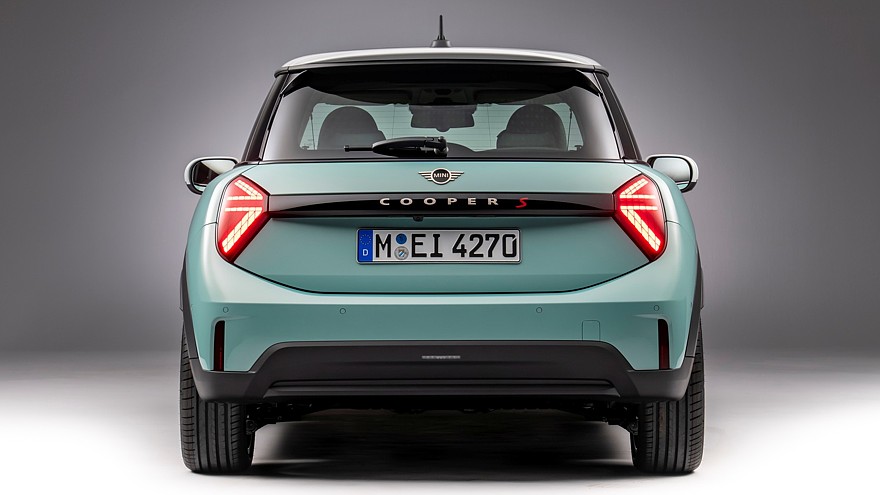 3/3
3/3
On the outside, the new gasoline Mini Cooper carefully copies the electric one, but the “ears” of the old platform are visible to the naked eye — these are a shorter wheelbase and an old hood connector that covers the headlights. The overall length of the new petrol hatchback is 3876 mm, width — 1744 mm, height — 1432 mm, wheelbase — 2495 mm. For comparison, let's give the corresponding dimensions of the electric Mini Cooper: length — 3858 mm, width — 1756 mm, height — 1460 mm, wheelbase — 2526 mm.
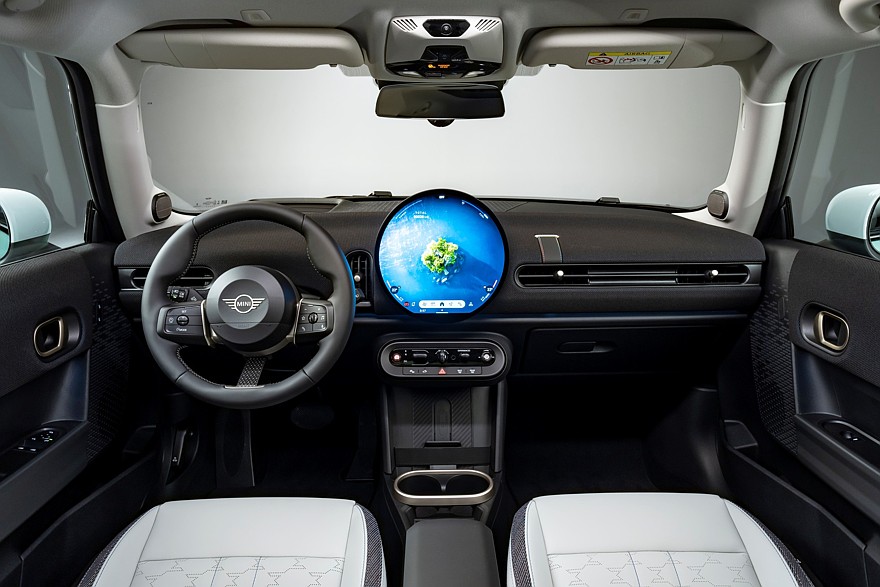 1/5
1/5  2/5
2/5 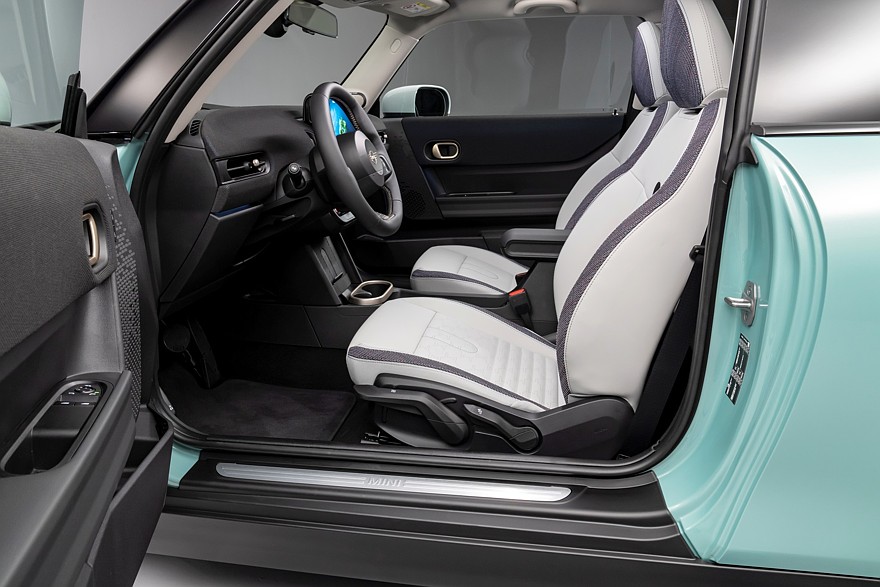 3/5
3/5 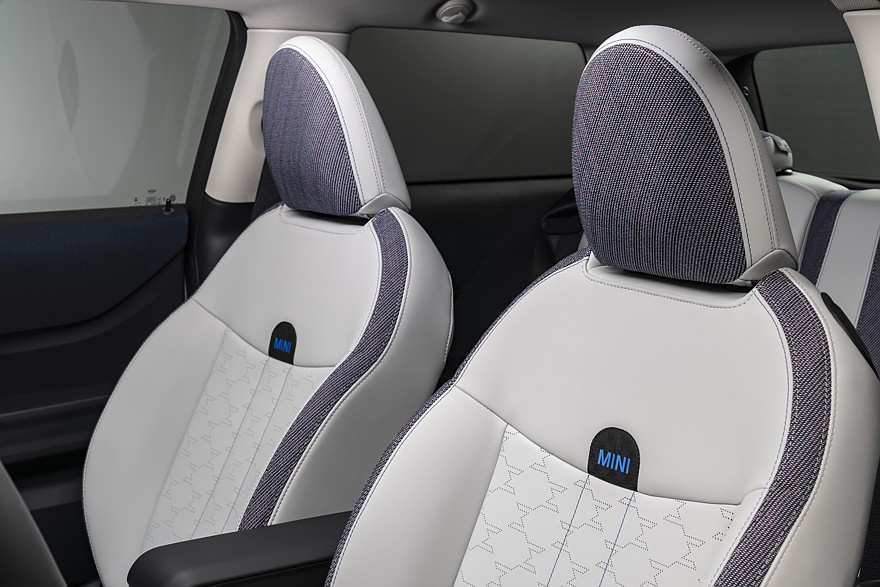 4/5
4/5  5/5
5/5
The interior of the petrol Mini Cooper is also at first glance the same as the electric one, but if you play the game “find 10 differences”, you will easily find an additional central air duct on the textile-upholstered front panel, a wider center console and completely different door cards with more high arrangement of handles. In addition, the petrol hatchback has its own design of the seats and the central armrest between them. In general, it is noticeable in small details that the gasoline model is older than the electric one.
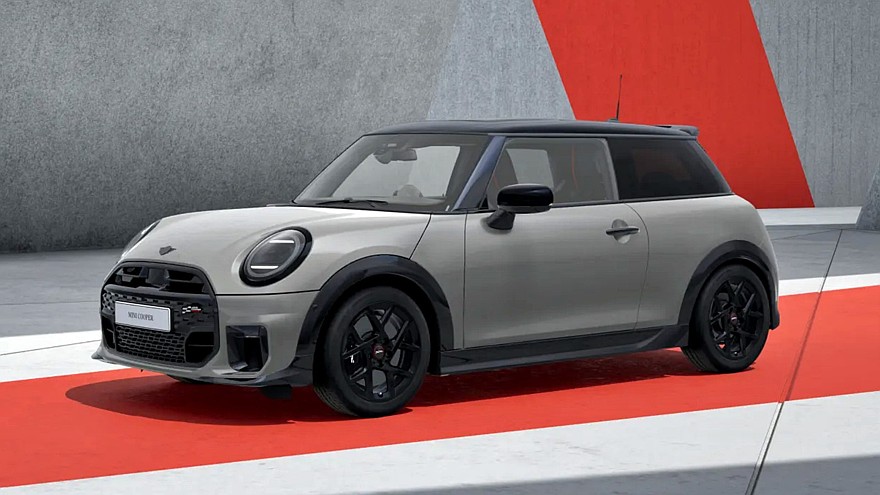 New gasoline Mini Cooper in JCW Trim
New gasoline Mini Cooper in JCW Trim
The Mini Cooper no longer has an instrument panel on the front panel; it is replaced by a projection screen on the windshield; some of the operational readings are duplicated on the central round multimedia screen. Trunk volume is 210 liters, with the rear seat backs folded down — 725 liters. Four trim lines were announced at the start of sales — Essential, Classic, Favored and JCW, the latter is not a hot hatch, but a stylization of it; a real hot hatch, according to the British magazine Autocar, is expected by the end of the year. It also seems that there will be a 5-door hatchback version, but it is not yet known which one — petrol, electric or both.

At the moment, two petrol turbo engines are announced for the three-door Cooper — a 1.5-liter for the Cooper C version (3 cylinders, 156 hp, 230 Nm) and a 2.0-liter for the Cooper S version (4 cylinders, 204 hp). s., 300 Nm). The gearbox is only an automatic DCT type (with two clutches), the drive is only front-wheel drive. The automatic transmission mode selector is located on the center console; there will no longer be versions with manual transmission. Mini Cooper C accelerates to 100 km/h in 7.7 s, top speed is 225 km/h, the corresponding figures for Mini Cooper S are 6.6 s and 242 km/h.
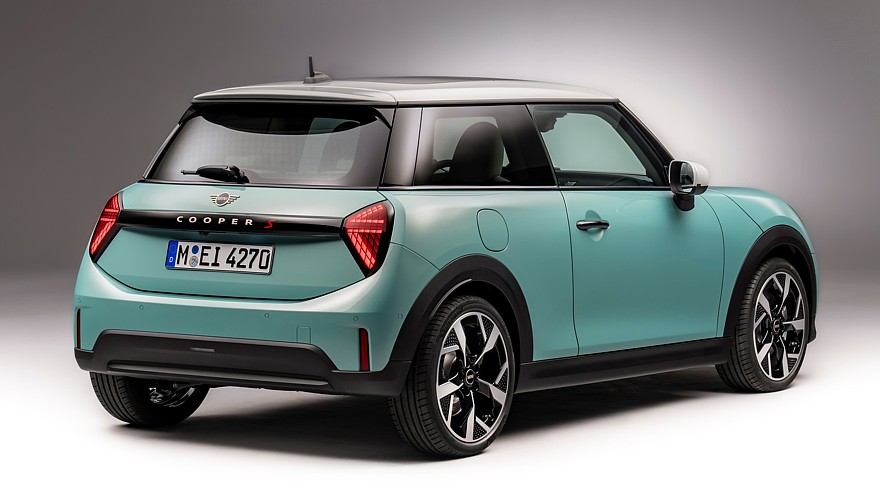 1/3
1/3  2/3
2/3 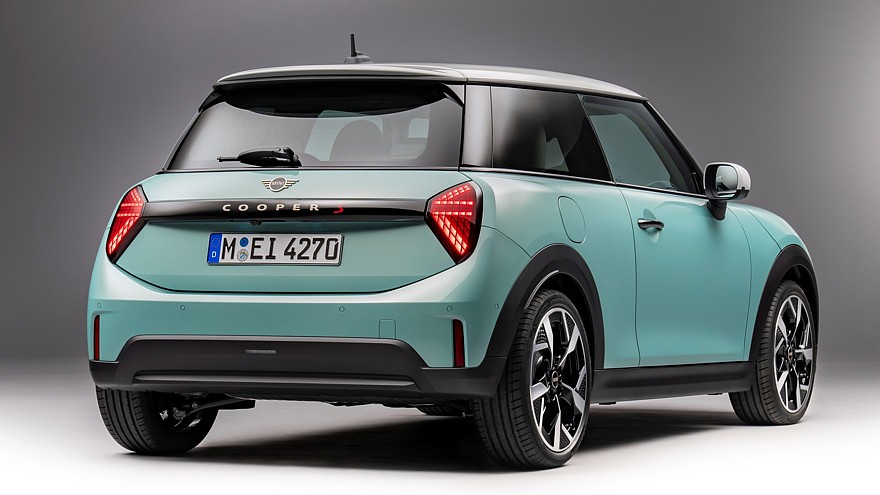 3/3
3/3
Orders for the petrol Mini Cooper are already being accepted, the Cooper C in the basic Essential configuration costs in Germany from 28,900 euros, the top-end version is currently moment Cooper S JCW Trim costs from 41,660 euros. For comparison, let's say that the electric Mini Cooper costs in Germany from 32,900 euros.
The petrol Cooper will continue to be assembled at Mini's own plant in Oxford, British, while the assembly of the electric hatchback is in charge of the Chinese Spotlight Automotive plant in Zhangjiagang District, Suzhou City, Jiangsu Province. Spotlight Automotive is, we recall, a joint venture between the BMW Group and Great Wall Motor founded in 2019. In 2026, the assembly of electric versions of the Mini Cooper will also begin at the Oxford plant.









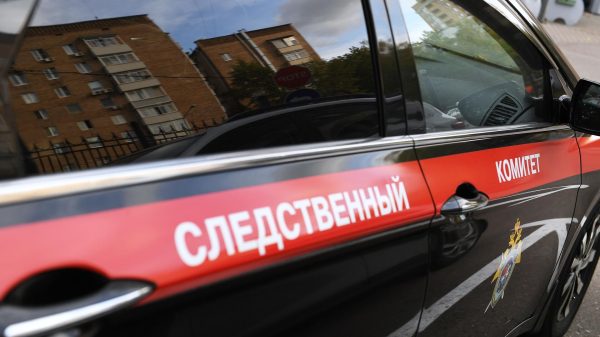
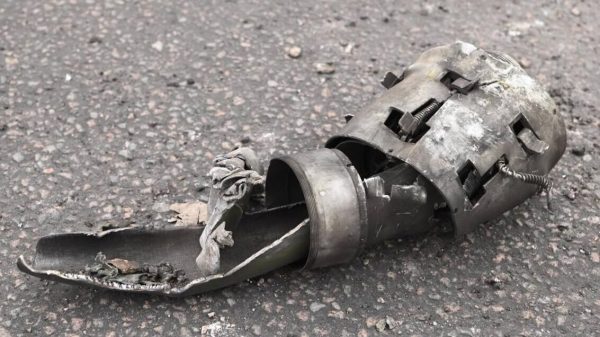
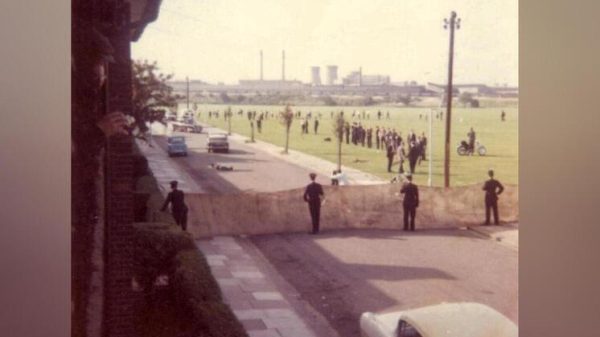



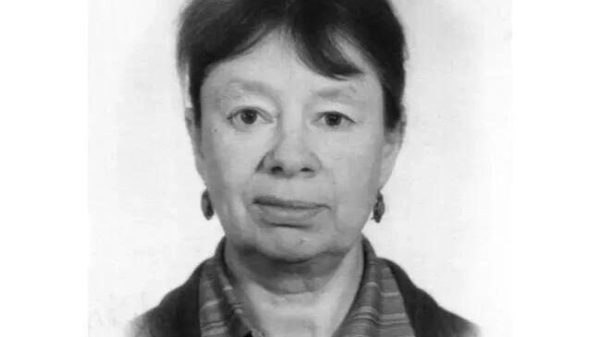






















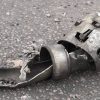
















Свежие комментарии